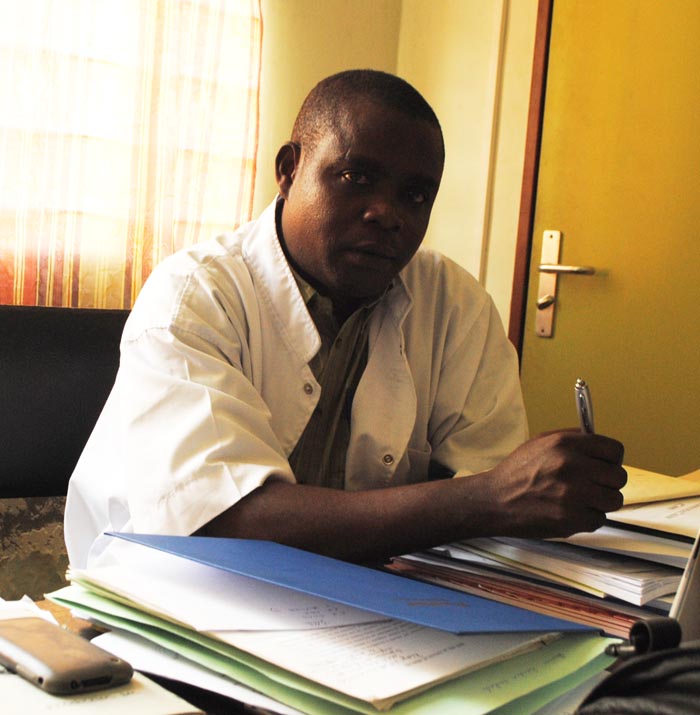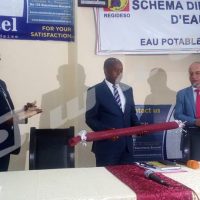People used to go to Rwanda, India or abroad for that method of treating kidney failure. But, Dr Nyandwi Joseph indicates that very recently at Kamenge Hospital University Center, peritoneal dialysis has started to be conducted.–By Lorraine Josiane Manishatse
Dialysis is a technique that helps kidney to work in case of kidney failure. There are two main kinds of dialysis: hemo and peritoneal dialyses. Each kind of technique is used according to knowledge and experience of the user and available equipment. “At Kamenge Hospital University Center, we have very recently begun to do the peritoneal dialysis because it is a technique which doesn’t require a lot of materials. It requires peritoneal catheter which is permanently attached to a patient and a dialysate which is a prepared liquid used for that technique. Two Burundian patients have already benefited from it and they are doing better,” highlights Dr Nyandwi, Nephrologist at Kamenge Hospital University Center (CHUK). According to him, peritoneal analysis technique is the one conducted at CHUK because it is easy for nephrologists to place a peritoneal catheter. They use a simple technique of laparotomy. Then, the dialysis begins by infusing dialysate in peritoneal cavity, a quantity of two liters. The liquid must be replaced four times a day. During that activity, the physician should show the patient how he can use it himself because that treatment is permanently used forever. According to Nyandwi, patients who get dialysis are those who have acquired kidney failure if they have high or hypo dyskalienia (abnormal blood concentration) which is very dangerous to patients’ hearts. The dialysis helps patients to have a normal concentration of potassium in blood. For chronic kidney failure, dialysis is indicated when the renal filtration rate is lower than 10ml/min/m3. Dialysis is also indicated for other pathologies.
The cost of dialysis is a big challenge
Dr Nyandwi states that at CHUK there are not enough materials and laboratory consumables for dialysis. The patient must go abroad to get the placement of peritoneal catheter and come back for dialysis. But, the liquid is available in Bujumbura drugstores. It is worth mentioning that in spite of that, dialysis remains very expensive. For hemo dialysis which is not yet available in Burundi, one session varies from 100 to 200 USA dollars without medications and exams, while the patient has to change liquid bags three times per week. For peritoneal dialysis, one bag of liquid costs BIF 30 000, while the patient uses four bags per day. The placement catheter cost around BIF 1,000,000 for a period of four years. Then, Nyandwi asks Burundi Government to be involved in treating those patients as it is very expensive. Patients should pay medical insurance in order to facilitate them to get the treatment cost. Hospitals and the Government should buy materials and laboratory consumables because here in Burundi, there are physicians who are able to make dialysis. “People must do a check up every year to know whether or not they have kidney problems because if it is known early it is easy to cure. But, if kidneys are damaged, only two solutions are possible: kidney dialysis or transplantation, that latter requires necessarily going abroad. It is very expensive as the patient must stay there a minimum of one year under supervision,” points out Dr Nyandwi.




















 IWACU Open Data
IWACU Open Data

